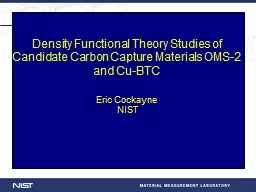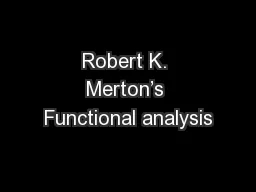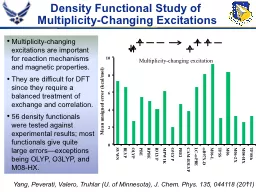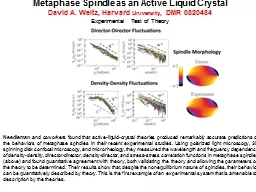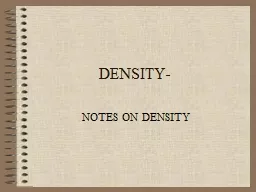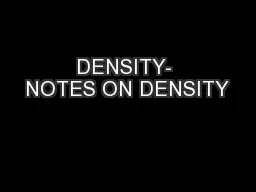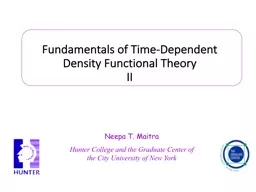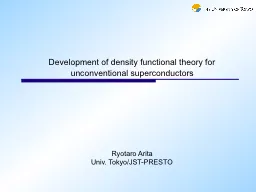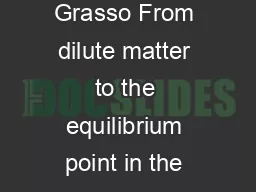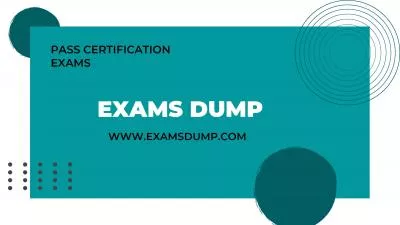PPT-Density Functional Theory Studies of
Author : singh | Published Date : 2022-05-18
Candidate Carbon Capture Materials OMS2 and CuBTC Eric Cockayne NIST Thanks to Eric B Nelson Boise State University Lan Li Boise State University Winnie WongNg
Presentation Embed Code
Download Presentation
Download Presentation The PPT/PDF document "Density Functional Theory Studies of" is the property of its rightful owner. Permission is granted to download and print the materials on this website for personal, non-commercial use only, and to display it on your personal computer provided you do not modify the materials and that you retain all copyright notices contained in the materials. By downloading content from our website, you accept the terms of this agreement.
Density Functional Theory Studies of: Transcript
Download Rules Of Document
"Density Functional Theory Studies of"The content belongs to its owner. You may download and print it for personal use, without modification, and keep all copyright notices. By downloading, you agree to these terms.
Related Documents

